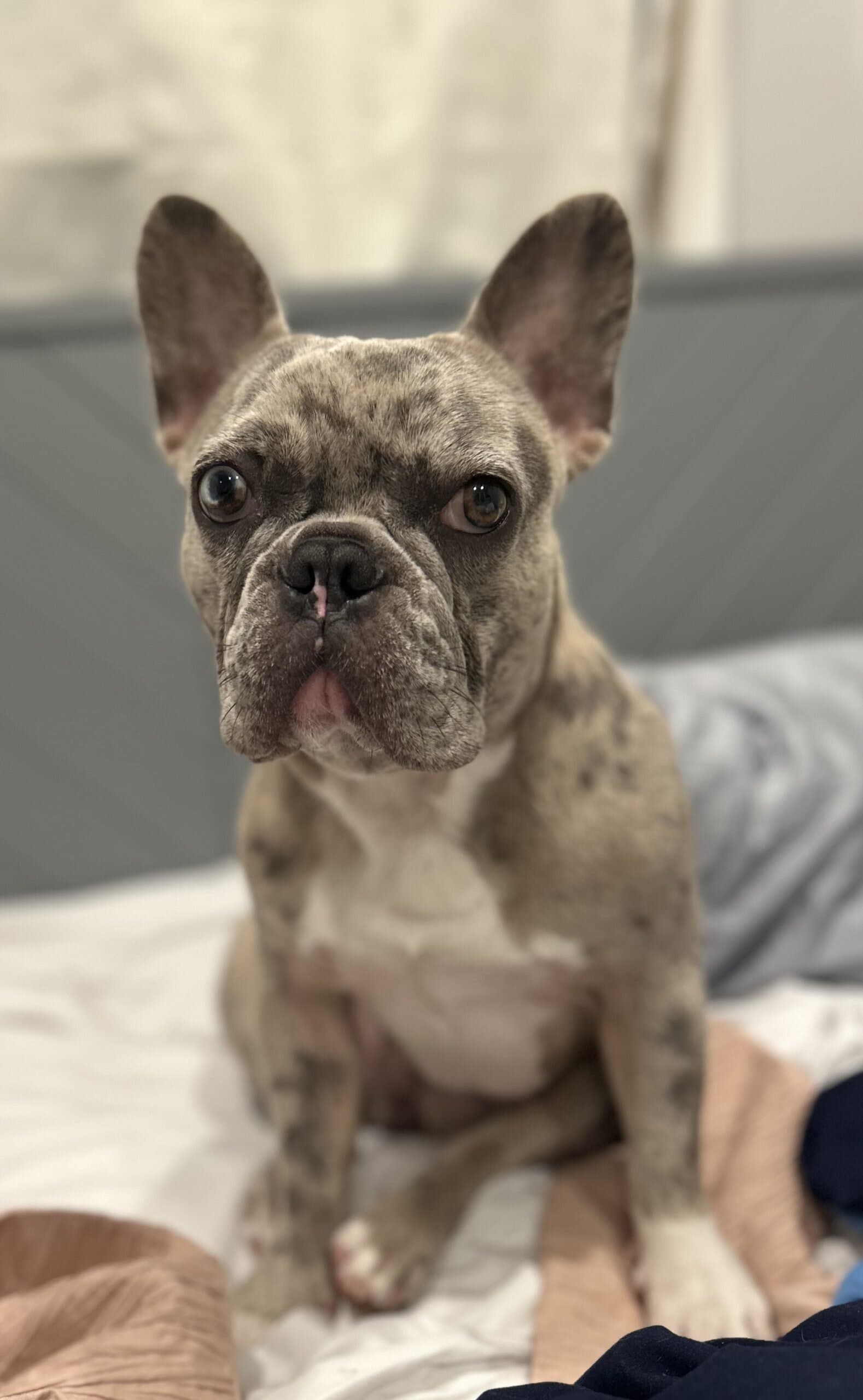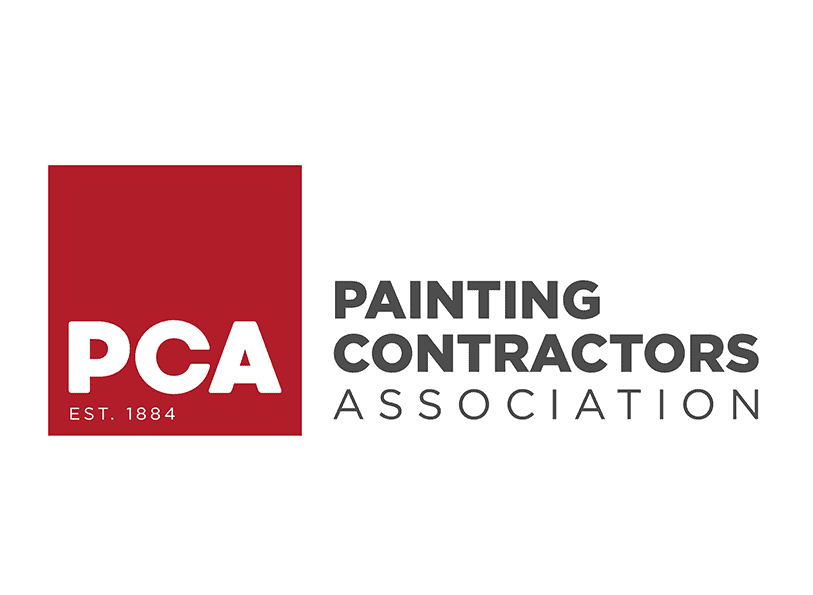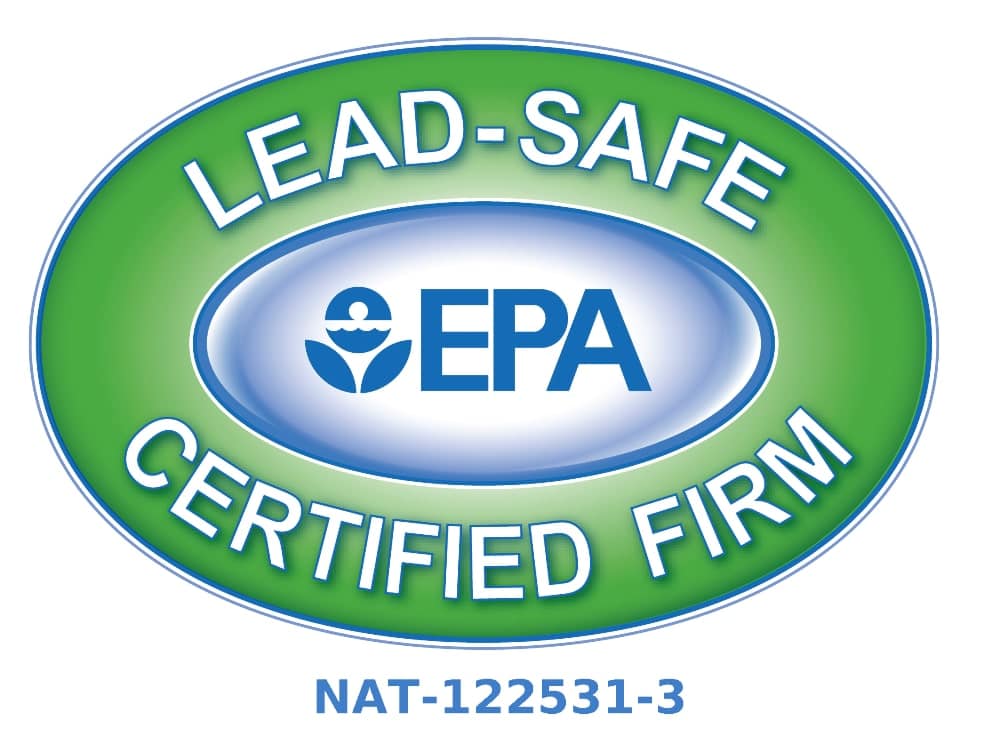
02 Jul What You Should Know About Pets and Your Painting Project
Let’s talk about pets and painting! We don’t mean paintings of your beloved pet, but their role during a painting project in your home. This is important because many of our clients are pet owners. However, pets roaming around during a project can pose safety risks for our crews and potentially damage the work. Equally important, having a crew of strangers working in their space could be stressful for any animal.
Here are some key points to know before we start your project:
– We prefer not to be responsible for containing or removing pets from the work area. As a pet owner, you know the best ways to manage and handle them.
– Pets can’t distinguish wet walls from dry ones. The last thing we want is for a pet to rub against wet paint and transfer it elsewhere.
Pets and pet hair can get into paint cans and trays and onto wet walls and our brushes.
– Pets can step into paint trays and run through the house, spreading paint on floors, rugs, or furniture. While we cover furniture in the rooms we work in, we don’t cover furniture in other rooms.
– Dogs might mark their territory on a drop cloth – or painter!
– Pets can get out of the house as we carry equipment and materials in and out.
– Some materials we use might be hazardous if ingested by pets.
We love pets, and many of us are pet owners. As much as we’d love to hang out with your pet while we work, having them around isn’t practical for our listed reasons.
If you have questions, please contact us. We are one of Northern Virginia’s most reputable painting contractors, and your pet’s safety is important to us.
FAQ
Is it safe to paint my home while my pets are inside?
Painting can be safe for pets if you take proper precautions. It’s best to keep pets away from the painting area to prevent exposure to fumes, accidental ingestion of paint, or contact with wet surfaces. Consider relocating your pets to a friend’s house, a boarding facility, or a designated safe room until the project is complete and the area is fully ventilated.
What types of paint are safest for homes with pets?
Choose paints labeled as low-VOC or VOC-free (volatile organic compounds), as these emit fewer harmful chemicals and odors. Water-based paints are generally safer than oil-based options. These choices help protect your pets’ respiratory health and minimize the risk of toxic exposure.
How long should I keep my pets out of freshly painted rooms?
Pets should be kept out of painted rooms until the paint is completely dry and any fumes have dissipated—typically at least 24 to 48 hours. Keep the area well-ventilated during and after painting by opening windows or using fans to speed up the process.
What are the main risks for pets during a painting project?
The main risks include inhalation of fumes (which can cause respiratory issues), accidental ingestion of paint or chemicals, stress or anxiety from unfamiliar smells, noises, and activity, and physical injury from tools or equipment left on the floor. To minimize these risks, always keep pets away from work zones and store all materials securely.
How can I prepare my home and my pets before the painters arrive?
Set up a comfortable, pet-safe space away from the painting activity, complete with food, water, toys, and bedding. Inform your painting contractor about your pets so they can plan accordingly. Protect floors and high-traffic areas with extra coverings. Communicate your expectations and any special instructions regarding your pets to the painting crew for a smooth, stress-free project.












Sorry, the comment form is closed at this time.